|
by Nancy Lehnhart JSD Elementary Art Specialist I’m not sure why it is, but kids seem to put a lot of stock in drawing as the quintessential qualification for being an artist. When you ask them if they know any artists, they will almost always tell you about someone they know who can draw. I was really curious about this early in my art teaching work, and also noticed that at a pretty young age, most kids decide they can’t draw (and therefore are not an artist.) And it was actually true; the development of their drawings seemed to stay at about a 2nd or 3rd grade level. Indeed, most adults will tell you they “can’t draw a straight line” and if pressed to draw something, you might confuse their drawings with a kid. I guess we just can’t keep very complex symbols in our heads, most of us, so if we’re trying to reproduce these simple symbols we have memorized, it stays pretty elementary. Somewhere in my early years of teaching I learned about the Reggio Emilia schools in Italy. I was mostly fascinated by the drawing these kids were doing, and how drawing was incorporated into learning as a tool for observation and investigation. I started experimenting with the young children I was working with, both at Juneau Co-op Preschool and in my own kids classrooms in elementary schools. I used a lot of the Drawing on the Right Side of the Brain language, brought down to a young child’s level. And I was impressed! Young children really did seem to take to it naturally. Their drawings were amazingly realistic, even while they were still delightfully quirky as a child’s drawing. Because of this, I’ve become pretty zealous about teaching and encouraging kids at all grade levels (and adults!) to practice drawing from observation. Which basically means, find something to use as a model, (a feather, a worm, a car, a very still friend, a photo,etc.,) observe it closely, resist drawing a pre-conceived “symbol” for it, and slowly, draw the shapes and lines you see. You’ll be impressed with yourself. Anyone can learn to draw this way. And it’s not that drawing makes an artist, but why not make sure kids know they can learn to do it if they want to! Over the years of developing art kits for the Juneau School District, I’ve made sure there is a “drawing from observation” art kit for each grade level and I’m kind of preachy about it. I was worried that if teachers did too much of the “This is how you draw a dog,” step by step stuff, kids would learn to see drawing as steps you had to memorize, and if you couldn’t remember a step, well, you just couldn’t draw a penguin or bear or whatever. I wanted them instead to know you simply just needed to find a picture of a penguin (or a real one) to look at and you could draw it very convincingly from observation—and this is actually what most artists do—most artists don’t draw things out of their heads! But, I had to admit, there are those amazing cartoon artists that can whip out really great drawings without observing anything. Kids especially admire this ability. When it comes to art integration, and being able to recall or express stories through drawings, it really would be pretty handy to be able to create great drawings, especially of people, quickly and on the spot. When Kennedy Center teaching cartoon artist Richard Jenkins came to Juneau this winter as part of Artful Teaching, I was curious to see what tools he might offer for teaching kids to draw cartoons, and how this would relate to the observational drawing I so believe in teaching. I ate dinner with Richard one night and was able to have a great discussion with him about it. Not only was I convinced of the importance of teaching kids techniques for drawing certain things from memory and imagination, but I loved that it has a name—Constructive Drawing! You learn a basic formula for drawing something (people in the case of his workshop) by combining different shapes, and adding your own twist. (I was also happy that Richard, by the way, also believes strongly in the value of drawing from observation.)
After Richards visit, I tried a Constructive People Drawing lesson with first graders. Developmentally, that’s just about the age that most kids are going to be able to draw, from imagination, a fairly complex person, so a good time to offer some simple techniques. I totally used Richard’s style; I designed a lesson that gave time for guided practice then set the kids free to use these techniques of drawing a person in their own style. Adding speech bubble sticky notes I ordered from Amazon gave some motivation for writing, and doing a little more character development. I was super excited about the results, as I taught this lesson in every Juneau first grade classroom. They loved knowing how to draw a person and took quickly to the tips I shared for faces, hair, etc. I think this lesson can be a foundational art kit, introducing people-drawing skills that can be used throughout the year, just as the “observational drawing” lessons can be foundational for scientific and more realistic drawing. I was happy to notice, in Kris Dorsey’s Time Flies When You’re Having Fun ArtStory, one of her first graders who had done the people drawing lesson with me a few weeks earlier had used these constructive drawing techniques to draw a person as her response to this time lesson--a good example of how a foundational lesson can give kids artistic tools to use!
1 Comment
|
ArtStoriesA collection of JSD teachers' arts integration classroom experiences Categories
All
|
|
|
Artful Teaching is a collaborative project of the Juneau School District, University of Alaska Southeast, and the Juneau Arts and Humanities Council.
|
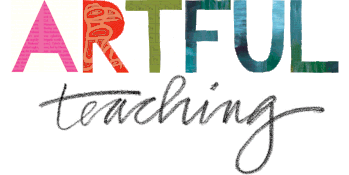
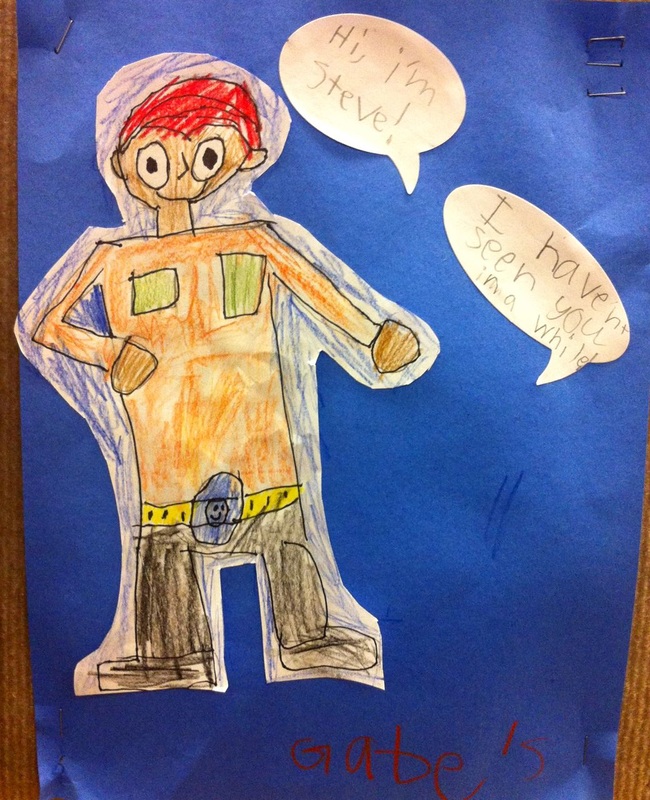
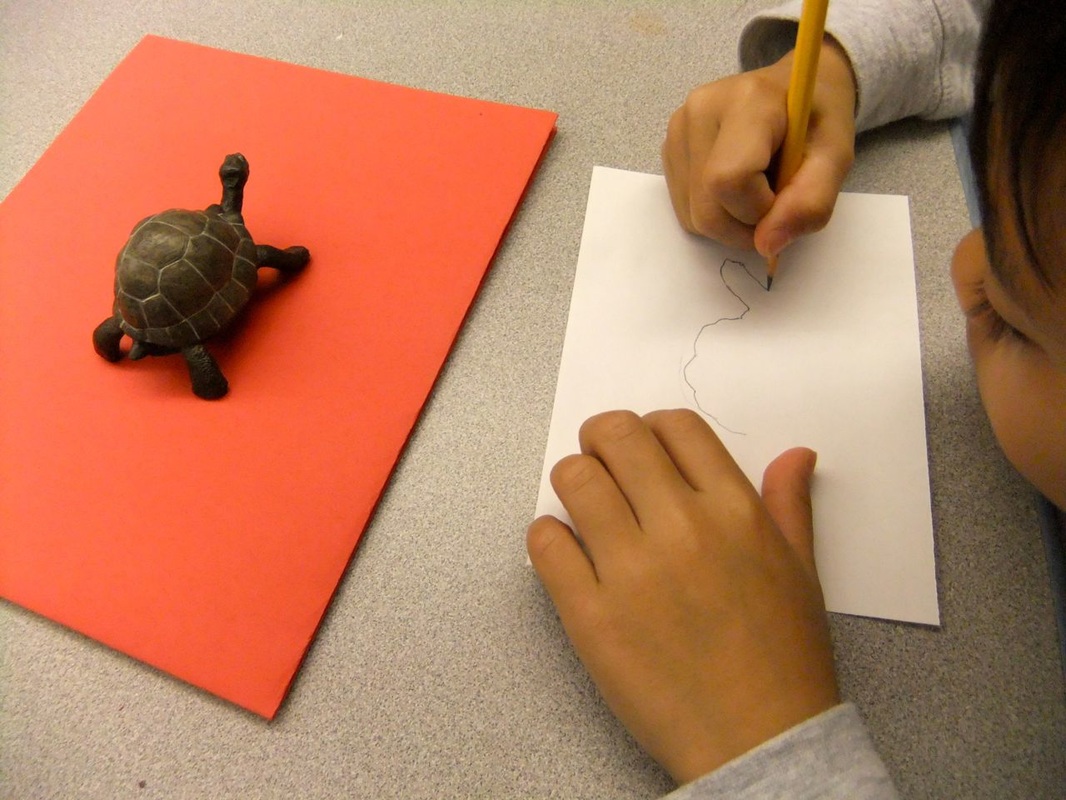
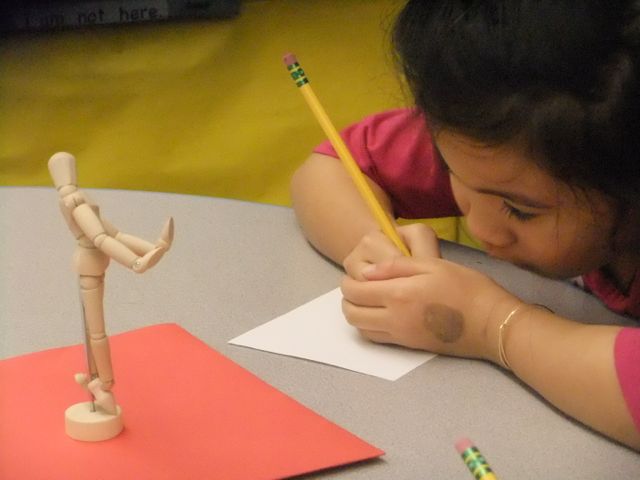
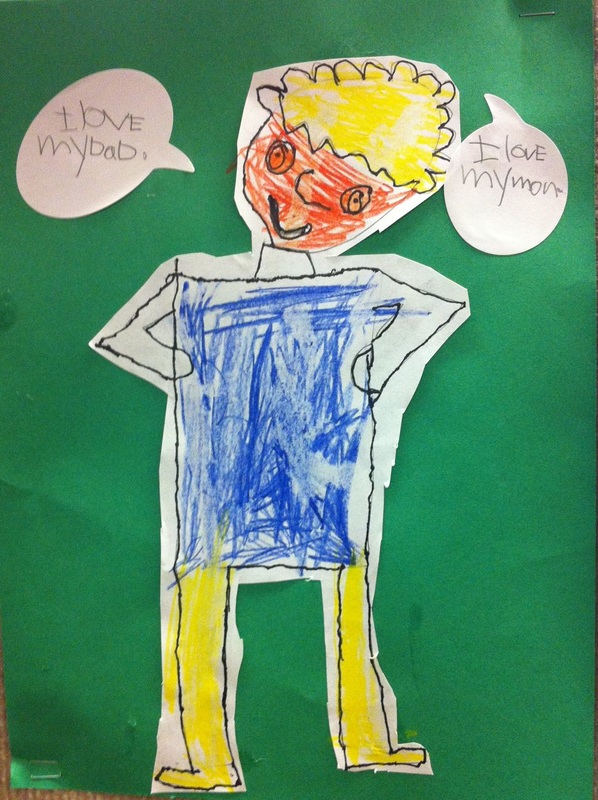
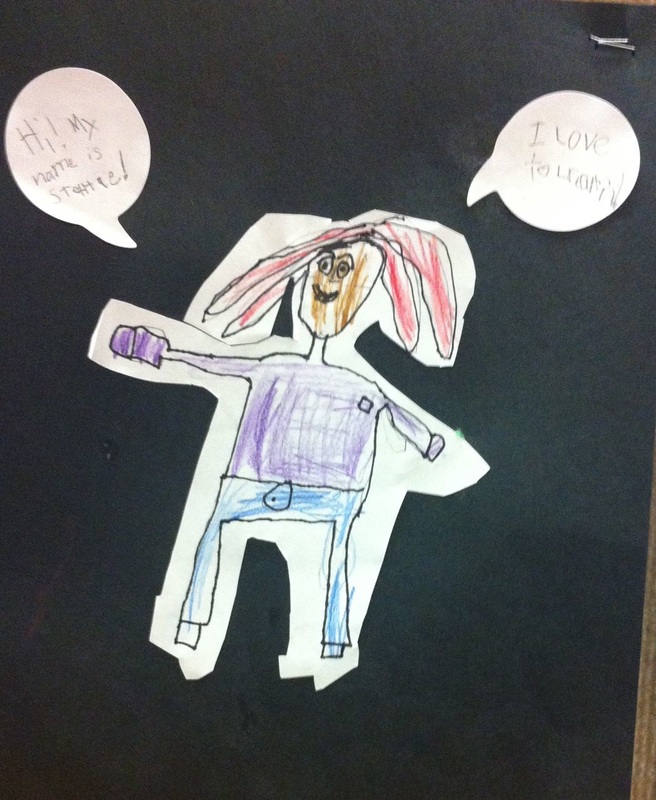
 RSS Feed
RSS Feed